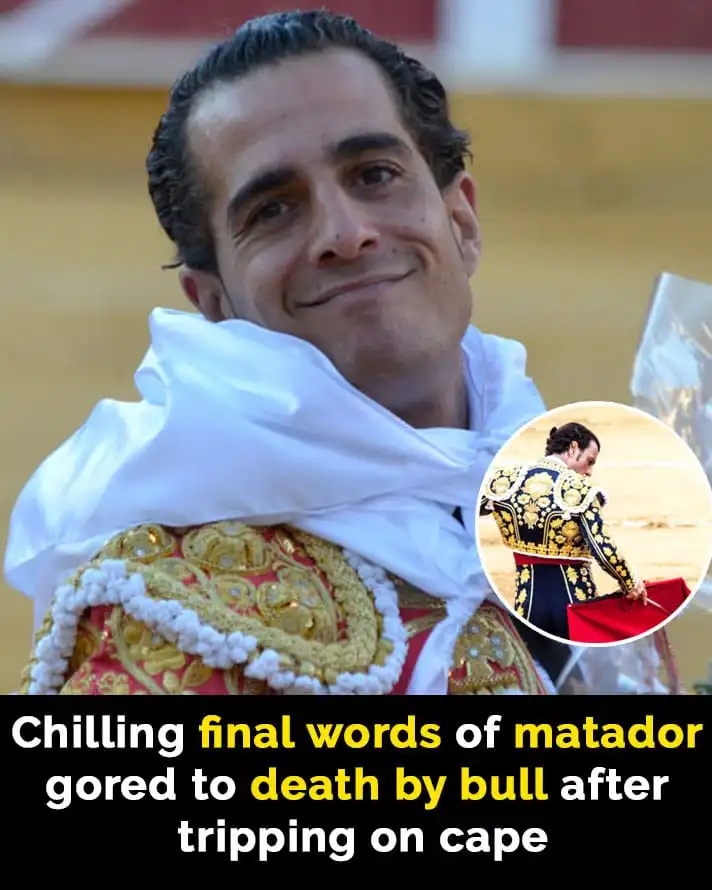In 2017, the bullfighting world lost one of its bravest stars. Iván Fandiño, a 36-year-old Spanish matador, was fatally gored during a festival in France, leaving behind a legacy of courage and a haunting final message.

Fandiño, a father and a seasoned fighter from Spain’s Basque Country, had built his reputation on facing the fiercest bulls. But during his second fight of the day in Aire-sur-l’Adour, disaster struck. His cape caught around him, sending him tumbling to the ground. The bull seized the moment, driving its horn into his torso and puncturing his lungs.

Bleeding heavily but conscious, Fandiño was carried out of the arena. Those nearby heard his desperate plea: “Hurry up, I’m dying today.” He didn’t survive the journey to the hospital. Fellow bullfighter Juan del Álamo, who killed the bull afterward, was left shaken. “It’s unbelievable,” he said. “Everything happened in seconds.”

This wasn’t Fandiño’s first brush with death—he had been seriously injured in previous fights. Yet his passing marked the first bullring fatality in France in nearly 100 years. Spain mourned deeply, with King Felipe VI and then-Prime Minister Mariano Rajoy leading tributes. The tragedy came just months after another matador, Víctor Barrio, was killed in Spain, reigniting debates over bullfighting’s future.
Despite growing calls for its ban, bullfighting remains protected in Spain and parts of France as cultural heritage. For supporters, it’s an art form; for critics, a cruel spectacle. Fandiño’s death underscored the high stakes of a tradition where every fight could be a matador’s final bow.


